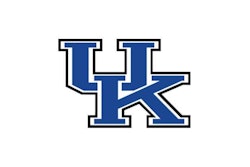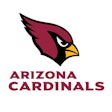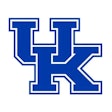The NCAA’s Division I Council this week approved clarifications to its transfer waiver guidelines to help members understand what specific information to submit with waiver requests.
While a post on the NCAA’s website notes that no transfer rules were changed, the new language does seem to narrow acceptable conditions for approving a transfer.
The new guidelines address four types of athletes, including those who have run out of opportunities to play at their original school; those who have been wronged in some way by coaches or administrators in a toxic environment; those who transfer because of a recent injury or illness to an immediate family member; and those wanting to be closer to home because of their own injury or illness, including mental health-related issues.
The new language puts more control in the hands of the athletic director and requires more written documentation detailing a player’s reason for transferring. For instance, if a player feels they have been abused or harassed, they'll need written documentation of the incident that will need to be turned in as proof of their reason for requesting a transfer. The clarifications appear to be directed at closing some loopholes that granted immediate eligibility to a number of high-profile college football players this past offseason.
"You have the leader of the department being able to look at the student and that experience and making sure we're doing what we can to create the best student experience," Council chair Blake James, the athletic director at Miami, told ESPN. "Having an understanding of the reasons why a young person is looking to leave and being a part of that process is something that should be happening on a more regular basis."
Attorney Tom Mars, who assisted in successful waiver requests of Ohio State quarterback Justin Fields, Michigan quarterback Shea Patterson and others, agreed with James that the revised guidelines clarify the process but he thinks they won't help transfers play sooner.
"The only thing that's been clarified in my mind is that it will now be more difficult for student-athletes to get a waiver," Mars told ESPN. "That's painfully clear."
Many in the media had already expressed frustration with the existing rules, and the new language doesn’t appear to be easing any of those concerns.
“How about, instead of the NCAA changing transfer guidelines for immediate eligibility so they are more strict, I don't know ... you change them so they make sense in the first place,” tweeted head of CBS Sports, Adam Silverstein.
The NCAA is going to deny a transfer waiver if the athletic director won’t admit on paper that his or her current employee ran the athlete off. https://t.co/07v1kM0m8g
— Mark Ennis (@MarkEnnis) June 26, 2019
James argues that’s exactly what the NCAA is trying to do. "In speaking to colleagues, my opinion is we need to continue to look at the process and figure out ways to make it easier to understand," he said. "That's what some of the steps created today...It will create more transparency. Is this end-all? No. I'm sure we'll continue to evaluate and make changes as needed that make sense to better the student experience."

































